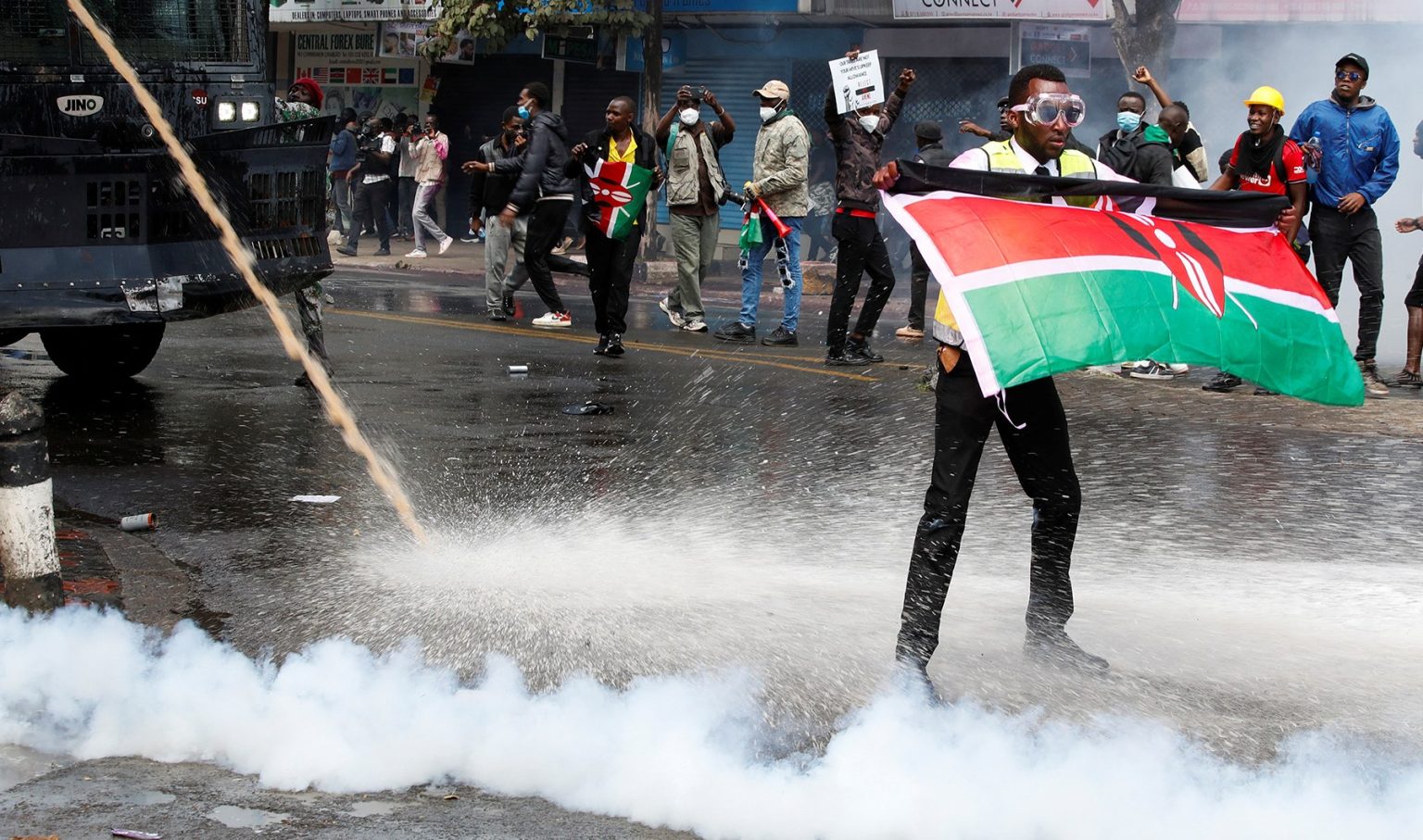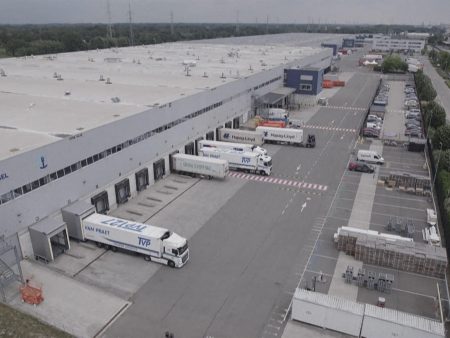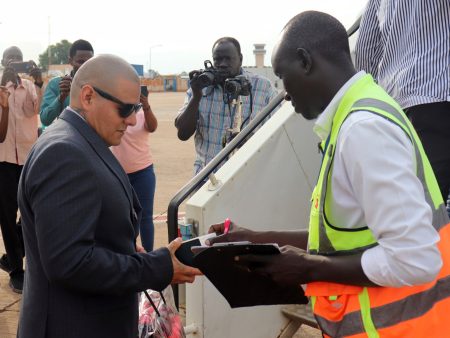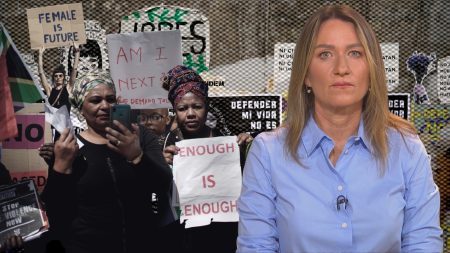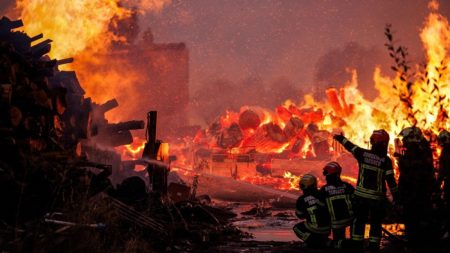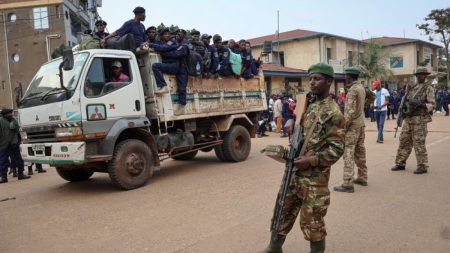In Kenya, police have used tear gas, rubber bullets, water cannons, and even live fire against protesters who are demonstrating against proposed tax increases and spending cuts being voted on in parliament. Tens of thousands of people have taken to the streets to voice their anger and frustration over these government measures, leading to clashes with law enforcement. The violent response from the police has only escalated tensions further and raised concerns about human rights abuses.
The protests in Kenya come amid a backdrop of economic hardship and social unrest, with many people struggling to make ends meet as a result of rising prices and reduced government spending on social services. The proposed tax hikes and austerity measures are expected to exacerbate these challenges, leading to widespread anger and discontent among the population. The use of excessive force by the police has only fueled the protesters’ resolve to continue their demonstrations and push back against the government’s policies.
The government’s decision to impose tax increases and spending cuts has drawn criticism from opposition parties, civil society organizations, and ordinary citizens who argue that these measures will only deepen the economic and social crises facing the country. Many Kenyans feel that the government is prioritizing the interests of the ruling elite and multinational corporations over the needs of the people, leading to widespread disillusionment with the political establishment. The violent crackdown on protesters has further eroded trust in the authorities and raised concerns about the state of democracy and human rights in Kenya.
The use of tear gas, rubber bullets, water cannons, and live fire against protesters has drawn condemnation from human rights organizations and the international community, who have called for an end to the violence and for a peaceful resolution to the crisis. The Kenyan government has defended its use of force, claiming that it is necessary to maintain law and order and protect public safety. However, many observers believe that the heavy-handed response of the police is disproportionate and unjustified, especially in light of the peaceful nature of the demonstrations.
As the protests in Kenya continue to escalate and the government shows no signs of backing down, the country is facing a growing crisis that threatens to destabilize the political and social landscape. The determination of the protesters to challenge the government’s policies and demand accountability for its actions has led to a standoff that shows no signs of abating. The use of force against peaceful demonstrators has only served to galvanize public anger and strengthen the resolve of those who are calling for change, raising questions about the future direction of the country and the prospects for democracy and human rights in Kenya.
In the face of mounting public pressure and international scrutiny, the Kenyan government may be forced to reconsider its approach to the protests and engage in a meaningful dialogue with the demonstrators to address their grievances and find a peaceful resolution to the crisis. The use of violence as a means of suppressing dissent is not only counterproductive but also undermines the legitimacy of the government and risks further alienating the people it is meant to serve. Ultimately, the resolution of the crisis in Kenya will depend on the government’s willingness to listen to the concerns of its citizens and take concrete steps to address the root causes of their discontent.




